News
Offshore wind projects to benefit from new recommended boat landing geometry design
Published in: Wind, Press Releases, Renewable News
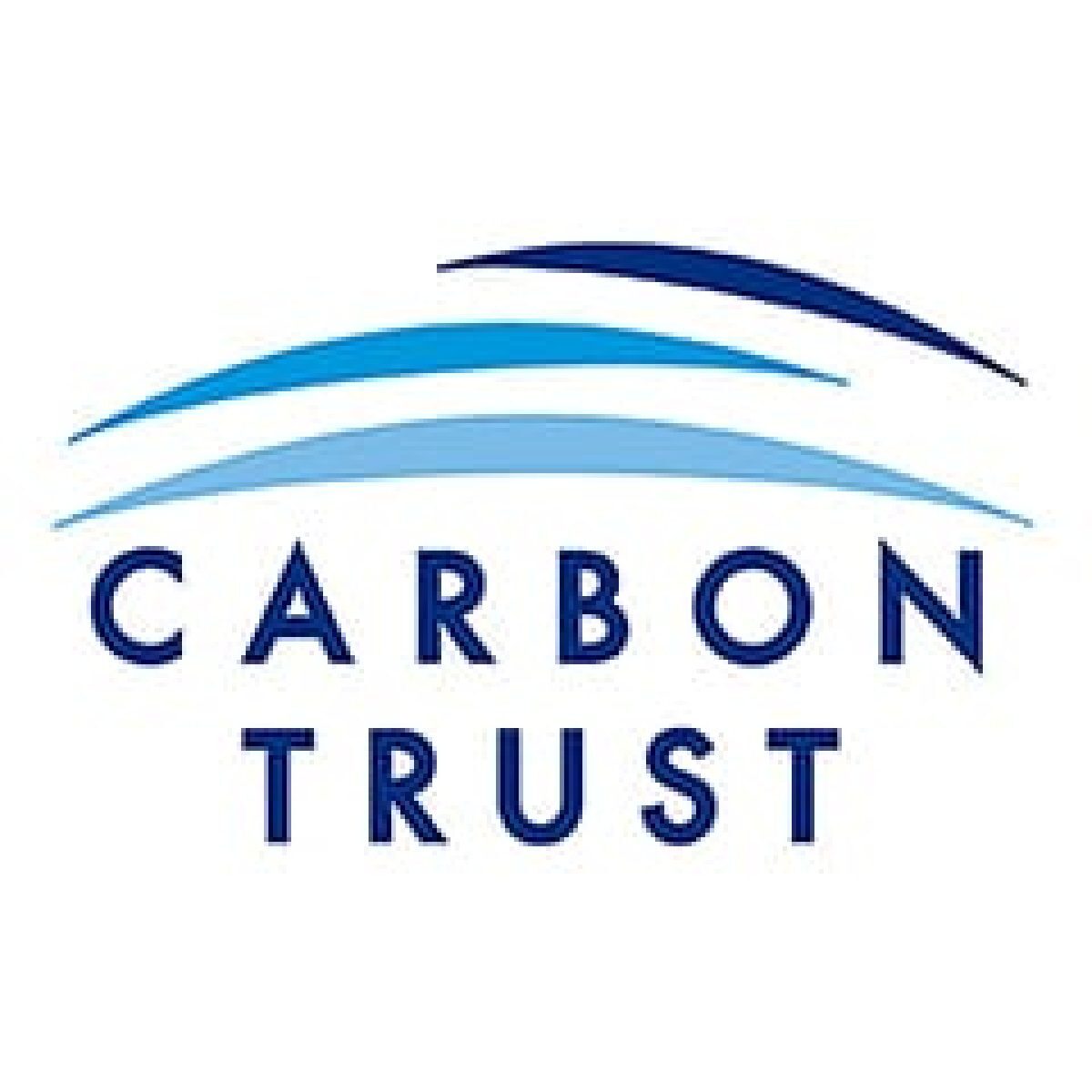
18 June 2020, LONDON: A new publicly available design of recommended boat landing geometry has been released today for use by offshore wind developers and Crew Transfer Vessel (CTV) owners and operators. The design offers a consistent fender geometry for use on CTVs across different wind farms, reducing the time and cost of changing fenders.
It was developed by the Offshore Wind Accelerator (OWA), a collaborative research, development and deployment programme between the Carbon Trust and nine offshore wind developers.
The new design follows analysis of the interaction and impact of CTVs on boat landings during push-on transfers to offshore structures and other vessels, and incorporates better-defined CTV loads, as well as industry feedback and recommendations. It also adheres to the G+'s health and safety guidelines.
Currently there is wide inconsistency in boat landing geometry between different wind farms, even those located in close proximity to each other. This inconsistency results in CTVs either not having the correct fender configuration to safely undertake crew transfer operations, or having to switch fender configurations when operating between wind farms, which increases health and safety risk.
G+ 2018 incident data reported 278 incidents and hazards involving vessels, one-third of which were related to turbine access, and in 2016 the International Marine Contractors Association (IMCA) identified design impact forces for the boat landing as a critical area where data was lacking.
This OWA project aimed to build on both pieces of research and recommend a standardised boat landing design that would address the health and safety implications of differing boat landing designs and incorporate a more detailed analysis of impact forces.
Sam Strivens, manager of the OWA vessel and access systems workstream, commented:
"While we think the recommended design will provide benefit to the industry-at-large, we expect this will have the greatest impact in emerging offshore wind markets, where new projects can implement the design from the outset, without need for retrofit. "
The design was developed with support from Atkins Ltd, a design, engineering and project management consultancy.
About the G+'s health and safety guidelines
The G+ brings together the world's largest renewable energy developers to form a group that places health and safety at the forefront of all offshore wind activity and developments. It is run in partnership with the Energy Institute, which provides the secretariat and supports its work.
The G+ Good Practice Guideline, Working at Height in The Offshore Wind Industry - Second Editionstipulates a safe minimum clearance between a landing ladder and boat fender of 500mm, with a maximum safe step-over distance of 650mm.
About the Offshore Wind Accelerator
The Offshore Wind Accelerator (OWA) is the Carbon Trust's flagship collaborative research, development and deployment programme. The joint initiative was set up between the Carbon Trust and nine offshore wind developers in 2008, with the aim to reduce the cost of offshore wind to be competitive with conventional energy generation, as well as provide insights regarding industry standard (and best practice) health and safety requirements.
The current phase involves participation and funding from nine international energy companies: EnBW, Equinor, innogy, Ørsted, RWE, ScottishPower Renewables, Shell, SSE, and Vattenfall Wind Power, who collectively represent 75% of Europe's installed offshore wind capacity. This project also received partial funding from the Scottish Government.
About the Carbon Trust
Established in 2001, the Carbon Trust works with businesses, governments and institutions around the world, helping them contribute to, and benefit from, a more sustainable future through carbon reduction, resource efficiency strategies, and commercialising low carbon businesses, systems and technologies.
The Carbon Trust:
- works with corporates and governments, helping them to align their strategies with climate science and meet the goals of the Paris Agreement
- provides expert advice and assurance, giving investors and financial institutions the confidence that green finance will have genuinely green outcomes
- supports the development of low carbon technologies and solutions, building the foundations for the energy system of the future.
Headquartered in London, the Carbon Trust has a global team of over 200 staff, representing over 30 nationalities based across five continents.





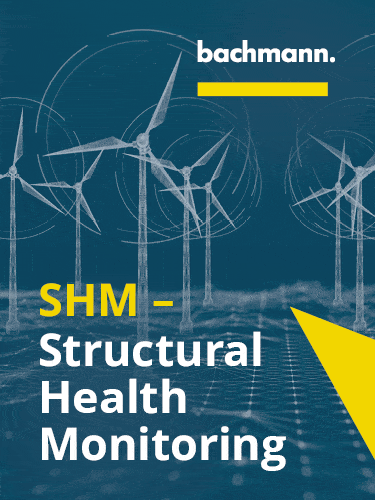

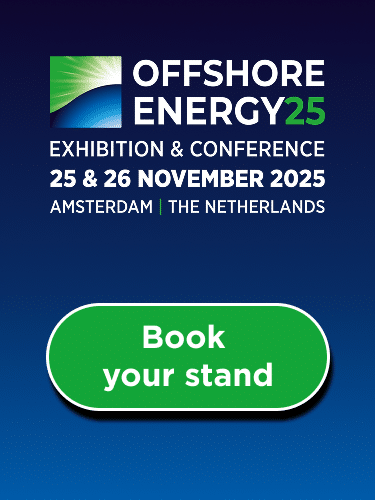


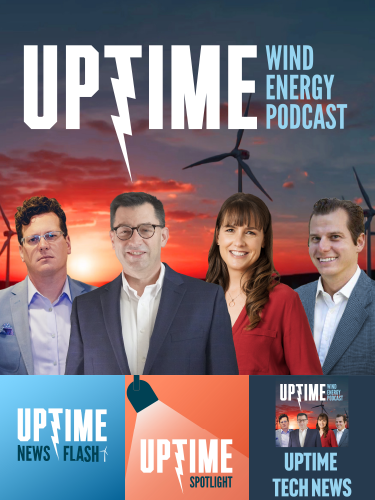
.gif)
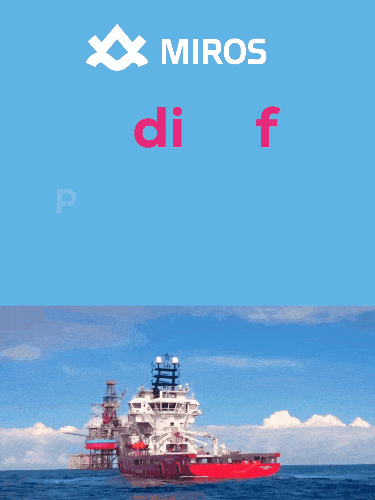
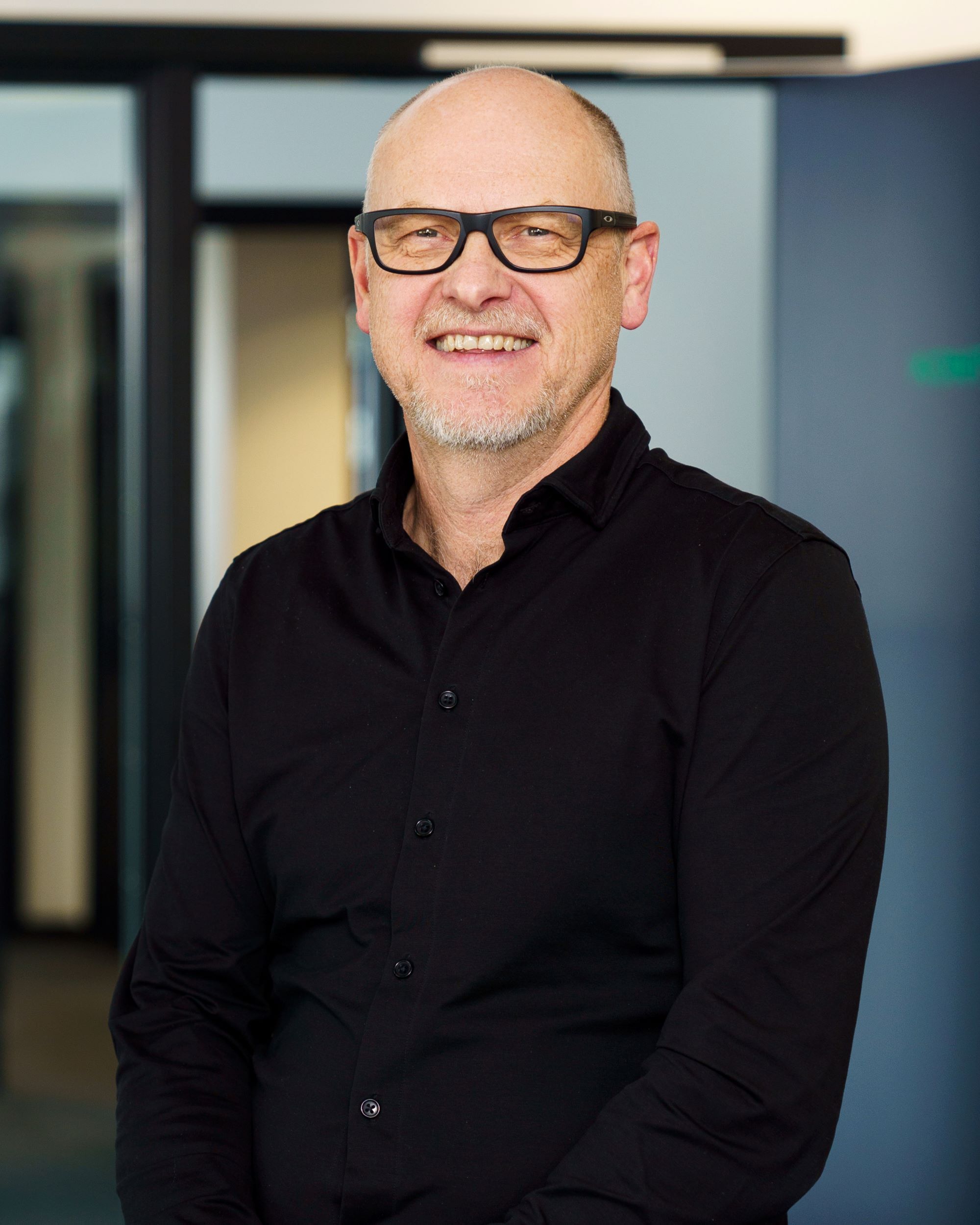
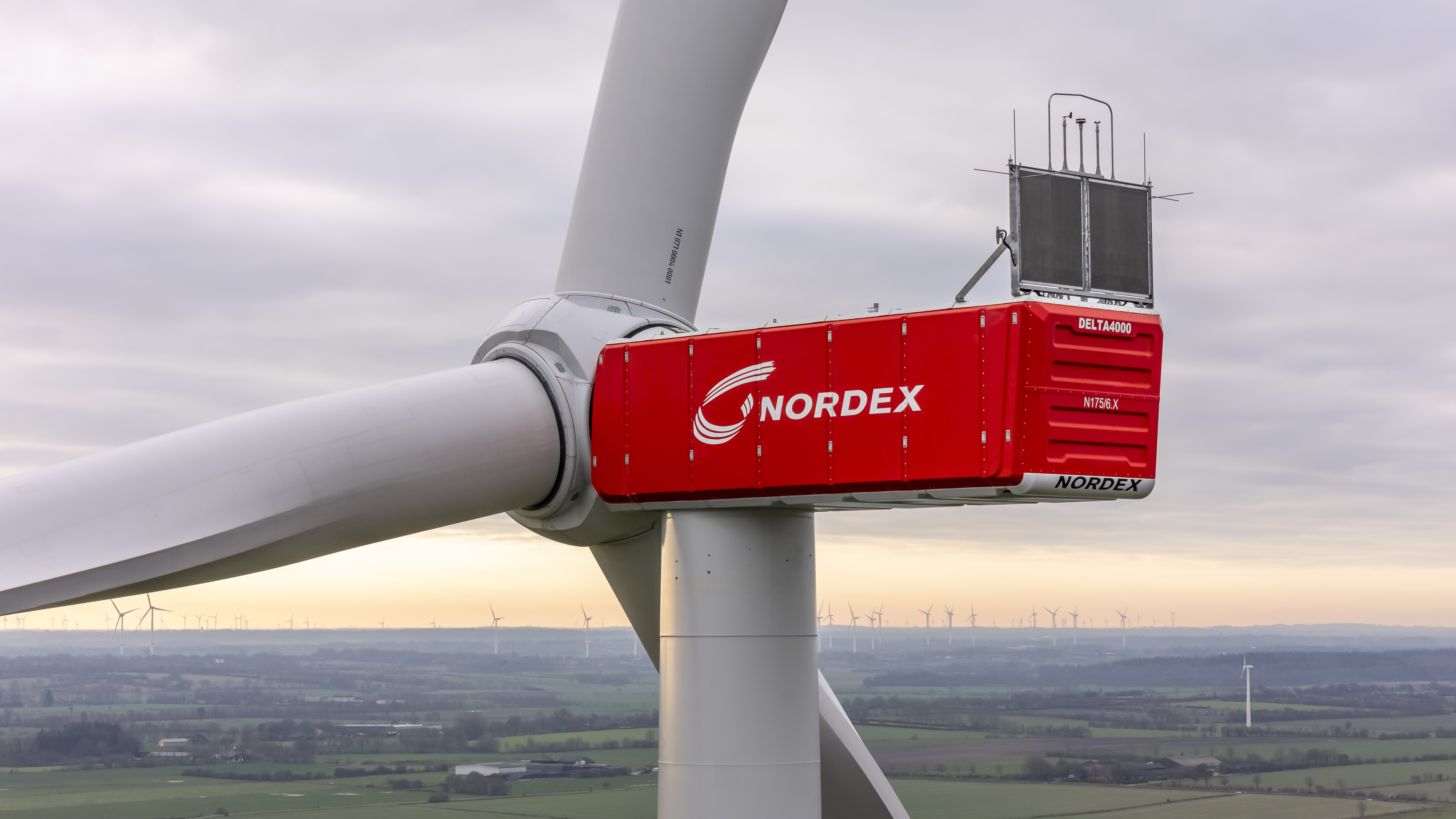

_Bo%C5%A1tjan%20Krape%C5%BE%20(right).png)